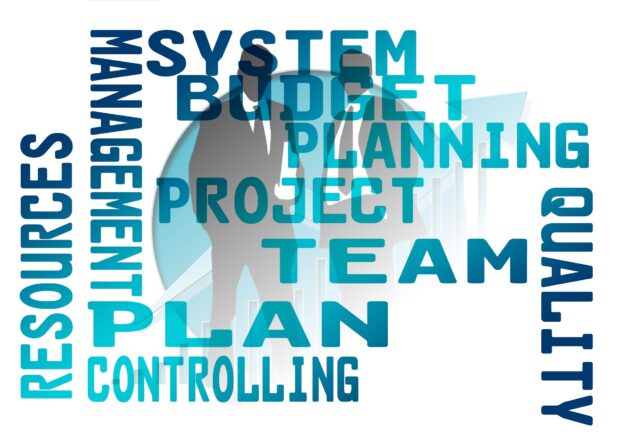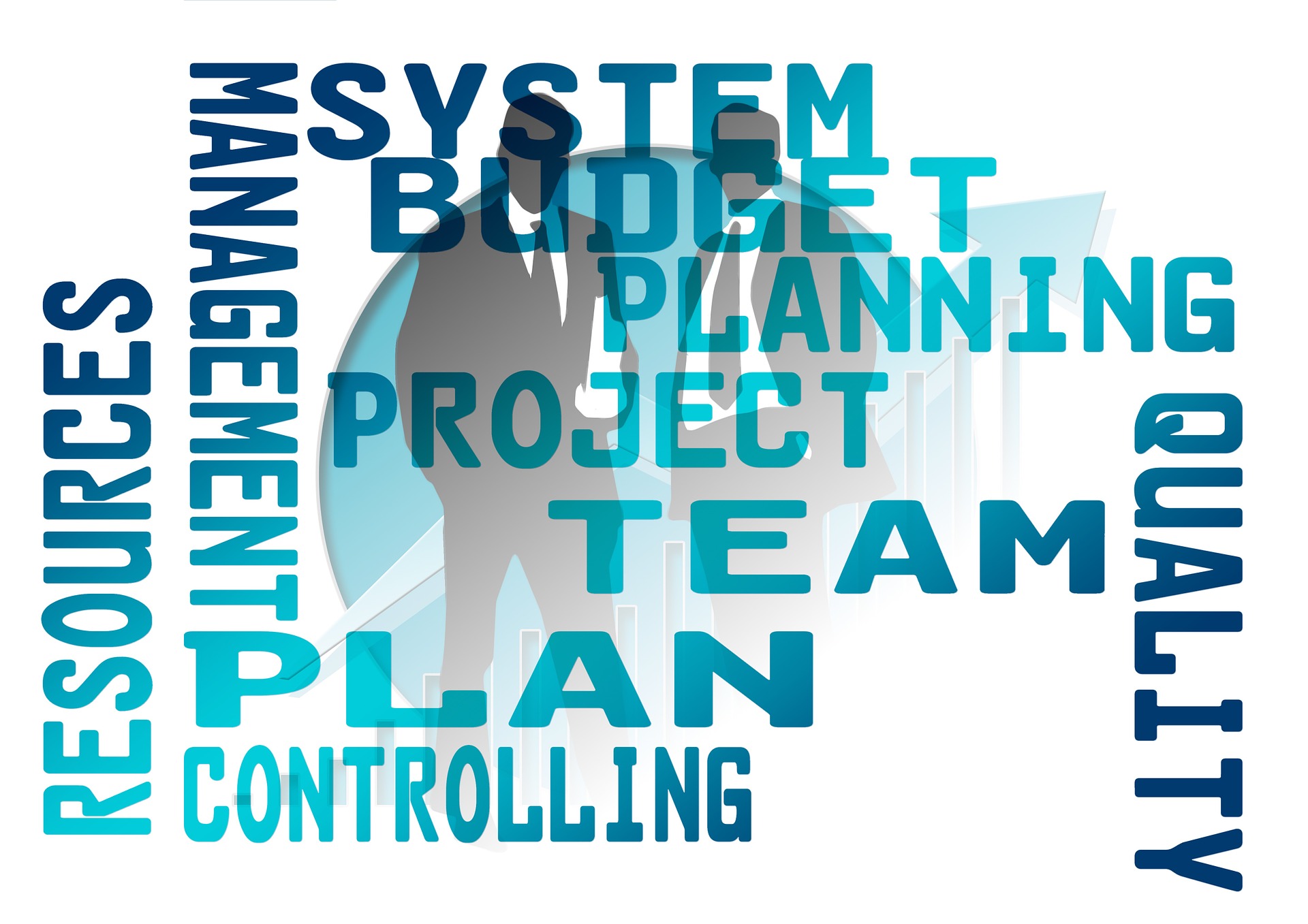-
Business Lawyer
- Introduction
- What is a Strategic Business Plan and How to Write One
- How to Create a Strategic Business Plan: A Step-by-Step Guide
- What Are the Key Elements of a Strategic Business Plan?
- How to Develop a Strategic Business Plan for Your Organization
- How to Use a Strategic Business Plan to Achieve Your Goals
- The Benefits of Having a Strategic Business Plan
- Why You Need A Business Lawyer To Help You With A Strategic Business Plan
- Q&A
“Unlock Your Business Potential with a Strategic Business Plan!”
Introduction
A Strategic Business Plan is a document that outlines the long-term goals and objectives of a business. It is a comprehensive document that outlines the strategies and tactics that will be used to achieve those goals. It is a living document that is updated regularly to reflect changes in the business environment and the company’s objectives. A Strategic Business Plan is essential for any business that wants to succeed in today’s competitive market. It provides a roadmap for the future and helps to ensure that the business is on track to reach its goals.
What is a Strategic Business Plan and How to Write One
A strategic business plan is a document that outlines the long-term goals and objectives of a business. It is a comprehensive document that outlines the strategies and tactics that will be used to achieve those goals. It is an essential tool for any business, as it provides a roadmap for success and helps to ensure that all stakeholders are on the same page.
Creating a strategic business plan requires careful thought and consideration. It should include an analysis of the current market, a competitive analysis, and a detailed description of the company’s products and services. It should also include a financial plan, a marketing plan, and a timeline for achieving the goals outlined in the plan.
When writing a strategic business plan, it is important to be clear and concise. The plan should be easy to understand and should provide a clear path to success. It should also be realistic and achievable.
The first step in writing a strategic business plan is to define the company’s mission and vision. This should include a description of the company’s core values and the goals it hopes to achieve. Once the mission and vision are established, the next step is to identify the company’s target market and the strategies that will be used to reach them.
The next step is to create a financial plan. This should include a detailed budget, a cash flow statement, and a profit and loss statement. It should also include a detailed description of the company’s capital structure and any financing options that may be available.
The final step is to create a marketing plan. This should include a detailed description of the company’s marketing strategy, including the channels it will use to reach its target market. It should also include a timeline for implementing the strategy and a description of the metrics that will be used to measure success.
Creating a strategic business plan is an important step in the success of any business. It provides a roadmap for success and helps to ensure that all stakeholders are on the same page. By taking the time to create a comprehensive plan, businesses can ensure that they are well-positioned to achieve their goals.
How to Create a Strategic Business Plan: A Step-by-Step Guide
1. Define Your Vision and Mission Statements
Your vision and mission statements are the foundation of your strategic business plan. They should clearly define your company’s purpose and goals. Your vision statement should be a broad statement that outlines what you want your business to become in the future. Your mission statement should be more specific and explain how you plan to achieve your vision.
2. Conduct a SWOT Analysis
A SWOT analysis is a tool used to identify the strengths, weaknesses, opportunities, and threats of your business. This will help you understand the current state of your business and identify areas for improvement.
3. Set Goals and Objectives
Once you have identified the strengths and weaknesses of your business, you can set goals and objectives. Goals should be specific, measurable, achievable, relevant, and time-bound. Objectives should be actionable steps that will help you reach your goals.
4. Develop Strategies
Strategies are the plans you will use to reach your goals and objectives. They should be based on the SWOT analysis and should be tailored to your business’s unique needs.
5. Create an Action Plan
An action plan is a detailed plan of action that outlines the steps you will take to reach your goals. It should include specific tasks, deadlines, and resources needed to complete each step.
6. Monitor and Evaluate Progress
Once you have created your action plan, you should monitor and evaluate your progress regularly. This will help you identify any areas that need improvement and make adjustments as needed.
7. Revise Your Plan
As your business grows and changes, you should revise your strategic business plan to reflect these changes. This will ensure that your plan remains relevant and up-to-date.
By following these steps, you can create a strategic business plan that will help you reach your goals and objectives. With a clear plan in place, you can focus on growing your business and achieving success.
What Are the Key Elements of a Strategic Business Plan?
A strategic business plan is a document that outlines the long-term goals and objectives of a business. It is a comprehensive document that outlines the strategies and tactics that will be used to achieve those goals. The key elements of a strategic business plan include:
1. Mission Statement: A mission statement is a brief statement that outlines the purpose of the business and its long-term goals. It should be concise and clear, and should provide a sense of direction for the business.
2. Market Analysis: A market analysis is an assessment of the current market conditions and trends. It should include an analysis of the competition, customer needs, and potential opportunities.
3. Financial Plan: A financial plan outlines the financial resources needed to achieve the business’s goals. It should include a budget, cash flow projections, and a plan for financing.
4. Strategic Objectives: Strategic objectives are the specific goals that the business wants to achieve. They should be measurable and achievable, and should be aligned with the mission statement.
5. Action Plan: An action plan outlines the steps that will be taken to achieve the strategic objectives. It should include a timeline, resources needed, and a plan for monitoring progress.
6. Risk Management Plan: A risk management plan outlines the risks associated with the business and how they will be managed. It should include a plan for mitigating risks and a contingency plan in case of unexpected events.
These are the key elements of a strategic business plan. By including these elements, businesses can create a comprehensive plan that will help them achieve their long-term goals.
How to Develop a Strategic Business Plan for Your Organization
Developing a strategic business plan for your organization is an important step in ensuring its success. A strategic business plan is a document that outlines the long-term goals and objectives of the organization, as well as the strategies and tactics that will be used to achieve them. It is a roadmap for the organization’s future and should be updated regularly to reflect changes in the external environment.
The first step in developing a strategic business plan is to conduct a thorough analysis of the organization’s current situation. This includes assessing the organization’s strengths and weaknesses, as well as its opportunities and threats. This analysis should be used to identify the organization’s core competencies and areas of focus.
Once the analysis is complete, the next step is to develop a vision and mission statement for the organization. The vision statement should articulate the organization’s long-term goals and objectives, while the mission statement should provide a clear description of the organization’s purpose and how it will achieve its goals.
The next step is to develop a set of strategies and tactics that will be used to achieve the organization’s goals. These strategies should be based on the analysis conducted in the first step and should be tailored to the organization’s unique situation. The strategies should be specific, measurable, achievable, realistic, and time-bound (SMART).
Once the strategies have been developed, the next step is to develop a set of action plans that will be used to implement the strategies. These action plans should include specific tasks, timelines, and resources that will be needed to achieve the desired outcomes.
Finally, the strategic business plan should be reviewed and updated regularly to ensure that it remains relevant and effective. This review should include an assessment of the external environment and any changes that may have occurred since the plan was developed.
By following these steps, organizations can develop a strategic business plan that will help them achieve their long-term goals and objectives. A well-developed plan will provide the organization with a roadmap for success and will help ensure that it remains competitive in the marketplace.
How to Use a Strategic Business Plan to Achieve Your Goals
A strategic business plan is an essential tool for any business looking to achieve its goals. It is a comprehensive document that outlines the company’s mission, objectives, strategies, and tactics. It also provides a roadmap for how the company will achieve its goals.
The first step in creating a strategic business plan is to define the company’s mission and objectives. The mission statement should be clear and concise, and should provide a clear direction for the company. The objectives should be specific and measurable, and should be achievable within a certain timeframe.
Once the mission and objectives have been established, the next step is to develop strategies and tactics to achieve the objectives. Strategies should be based on the company’s strengths and weaknesses, and should be tailored to the company’s unique situation. Tactics should be specific and actionable, and should be designed to achieve the objectives in the most efficient and cost-effective manner.
The next step is to create a timeline for the implementation of the strategies and tactics. This timeline should include milestones and deadlines, and should be realistic and achievable. It should also include a budget for the implementation of the strategies and tactics.
Finally, the strategic business plan should be reviewed and updated regularly. This will ensure that the plan remains relevant and up-to-date. It will also help to ensure that the company is on track to achieve its goals.
By following these steps, a company can use a strategic business plan to achieve its goals. It is an essential tool for any business looking to succeed in today’s competitive marketplace.
The Benefits of Having a Strategic Business Plan
Having a strategic business plan is essential for any business, regardless of size or industry. A strategic business plan provides a roadmap for success, outlining the goals and objectives of the business, as well as the strategies and tactics that will be used to achieve them. It also serves as a tool for communication, helping to ensure that everyone in the organization is on the same page and working towards the same goals.
The benefits of having a strategic business plan are numerous. First, it helps to ensure that the business is focused on the right objectives. By clearly outlining the goals and objectives of the business, it helps to ensure that everyone is working towards the same end. This can help to reduce confusion and ensure that resources are being used in the most effective way.
Second, a strategic business plan can help to ensure that the business is making the most of its resources. By outlining the strategies and tactics that will be used to achieve the goals, it helps to ensure that the business is using its resources in the most efficient way possible. This can help to maximize profits and minimize costs.
Third, a strategic business plan can help to ensure that the business is prepared for any potential changes in the market. By outlining the strategies and tactics that will be used to respond to changes in the market, it helps to ensure that the business is ready to take advantage of any opportunities that may arise.
Finally, a strategic business plan can help to ensure that the business is able to measure its progress. By outlining the goals and objectives of the business, it helps to ensure that the business is able to track its progress and make adjustments as needed. This can help to ensure that the business is on track to achieve its goals.
In summary, having a strategic business plan is essential for any business. It provides a roadmap for success, helping to ensure that everyone in the organization is on the same page and working towards the same goals. It also helps to ensure that the business is making the most of its resources, is prepared for any potential changes in the market, and is able to measure its progress.
Why You Need A Business Lawyer To Help You With A Strategic Business Plan
Having a strategic business plan is essential for any business to succeed. A business lawyer can help you create a plan that is tailored to your specific needs and goals. A business lawyer can provide valuable insight into the legal aspects of your business, such as contracts, taxes, and regulations. They can also help you identify potential risks and liabilities that may arise in the future.
A business lawyer can help you create a comprehensive plan that outlines your business objectives, strategies, and tactics. They can also provide advice on how to structure your business, such as choosing the right legal entity and setting up the necessary paperwork. Additionally, they can help you develop a budget and financial projections to ensure that your business is financially sound.
A business lawyer can also help you negotiate contracts and other legal documents. They can provide advice on how to protect your intellectual property and ensure that you are in compliance with applicable laws. They can also help you draft contracts that are fair and equitable for both parties.
Finally, a business lawyer can help you develop a plan for succession planning. This is important for businesses that are looking to pass on ownership or management to the next generation. A business lawyer can help you create a plan that will ensure that your business is passed on in a way that is beneficial to all parties involved.
Having a business lawyer to help you create a strategic business plan is essential for any business. They can provide valuable insight and advice that can help you create a plan that is tailored to your specific needs and goals. With their help, you can ensure that your business is successful and profitable.
Q&A
1. What is a strategic business plan?
A strategic business plan is a document that outlines a company’s long-term goals and objectives, and how it plans to achieve them. It includes detailed information about the company’s mission, vision, and values, as well as its products and services, target markets, competitive landscape, and financial projections.
2. What are the benefits of having a strategic business plan?
Having a strategic business plan can help a company stay focused on its goals and objectives, and ensure that all decisions are made with the company’s long-term success in mind. It can also help a company identify potential opportunities and threats, and develop strategies to capitalize on the former and mitigate the latter.
3. What are the components of a strategic business plan?
The components of a strategic business plan typically include an executive summary, company overview, market analysis, competitive analysis, product/service offering, marketing and sales strategy, operations plan, financial projections, and an appendix.
4. How often should a strategic business plan be updated?
A strategic business plan should be updated at least once a year, or whenever there are significant changes in the company’s operations or the competitive landscape.
5. What is the difference between a strategic business plan and a business plan?
A strategic business plan is focused on long-term goals and objectives, while a business plan is focused on short-term goals and objectives. A strategic business plan also typically includes more detailed information about the company’s mission, vision, and values, as well as its products and services, target markets, competitive landscape, and financial projections.
6. What are the steps involved in creating a strategic business plan?
The steps involved in creating a strategic business plan typically include researching the industry and competitive landscape, developing a mission statement and vision, setting goals and objectives, creating a marketing and sales strategy, developing an operations plan, and creating financial projections.
7. Who should be involved in creating a strategic business plan?
Creating a strategic business plan typically involves input from the company’s executive team, as well as other key stakeholders such as investors, customers, and suppliers. It is important to ensure that all stakeholders are involved in the process to ensure that the plan is comprehensive and reflects the company’s long-term goals and objectives.
Areas We Serve
We serve individuals and businesses in the following locations:
Salt Lake City Utah
West Valley City Utah
Provo Utah
West Jordan Utah
Orem Utah
Sandy Utah
Ogden Utah
St. George Utah
Layton Utah
South Jordan Utah
Lehi Utah
Millcreek Utah
Taylorsville Utah
Logan Utah
Murray Utah
Draper Utah
Bountiful Utah
Riverton Utah
Herriman Utah
Spanish Fork Utah
Roy Utah
Pleasant Grove Utah
Kearns Utah
Tooele Utah
Cottonwood Heights Utah
Midvale Utah
Springville Utah
Eagle Mountain Utah
Cedar City Utah
Kaysville Utah
Clearfield Utah
Holladay Utah
American Fork Utah
Syracuse Utah
Saratoga Springs Utah
Magna Utah
Washington Utah
South Salt Lake Utah
Farmington Utah
Clinton Utah
North Salt Lake Utah
Payson Utah
North Ogden Utah
Brigham City Utah
Highland Utah
Centerville Utah
Hurricane Utah
South Ogden Utah
Heber Utah
West Haven Utah
Bluffdale Utah
Santaquin Utah
Smithfield Utah
Woods Cross Utah
Grantsville Utah
Lindon Utah
North Logan Utah
West Point Utah
Vernal Utah
Alpine Utah
Cedar Hills Utah
Pleasant View Utah
Mapleton Utah
Stansbury Par Utah
Washington Terrace Utah
Riverdale Utah
Hooper Utah
Tremonton Utah
Ivins Utah
Park City Utah
Price Utah
Hyrum Utah
Summit Park Utah
Salem Utah
Richfield Utah
Santa Clara Utah
Providence Utah
South Weber Utah
Vineyard Utah
Ephraim Utah
Roosevelt Utah
Farr West Utah
Plain City Utah
Nibley Utah
Enoch Utah
Harrisville Utah
Snyderville Utah
Fruit Heights Utah
Nephi Utah
White City Utah
West Bountiful Utah
Sunset Utah
Moab Utah
Midway Utah
Perry Utah
Kanab Utah
Hyde Park Utah
Silver Summit Utah
La Verkin Utah
Morgan Utah
Strategic Business Plan Consultation
When you need help with a Strategic Business Plan call Jeremy D. Eveland, MBA, JD (801) 613-1472 for a consultation.
Jeremy Eveland
17 North State Street
Lindon UT 84042
(801) 613-1472
Related Posts
Estate Planning Lawyer West Jordan Utah
Business Acquisition Lawyer Sandy Utah
Estate Planning Lawyer Orem Utah
Legal Requirements To Form A Trust
Charitable Estate Planning Trusts
Estate Planning Lawyer Sandy Utah














